How Technology Can Help Solve Education’s Stickiest Problems
EdTech Magazine
OCTOBER 27, 2023
Before K–12 students even step onto school grounds, they are supported by an invisible matrix of technologies that make learning possible. As they navigate the school day, those technologies continue to work on their behalf to seamlessly usher them from one experience to the next. But take away one or more of these tools, and teachers, school resource officers and even administrators would have a more difficult time supporting the student population.

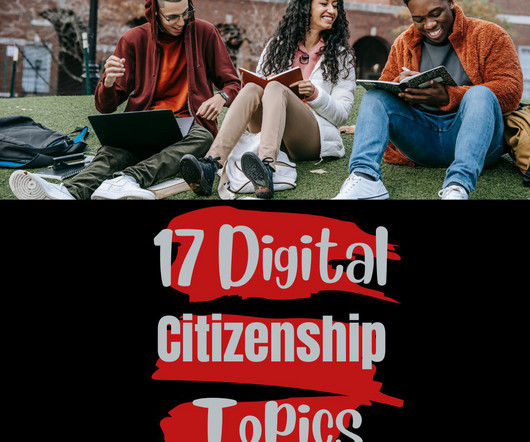


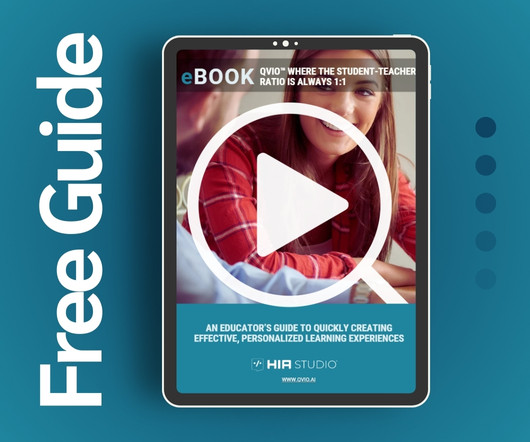

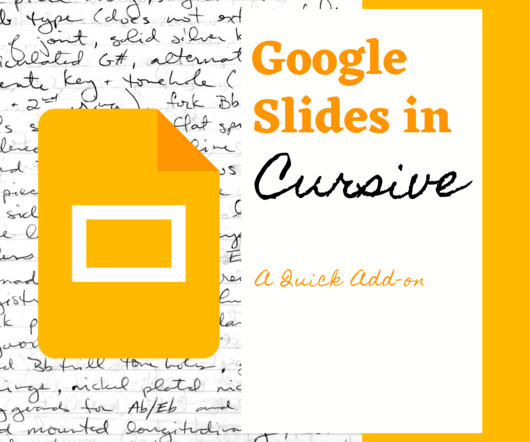
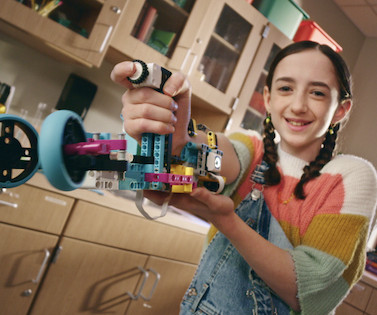
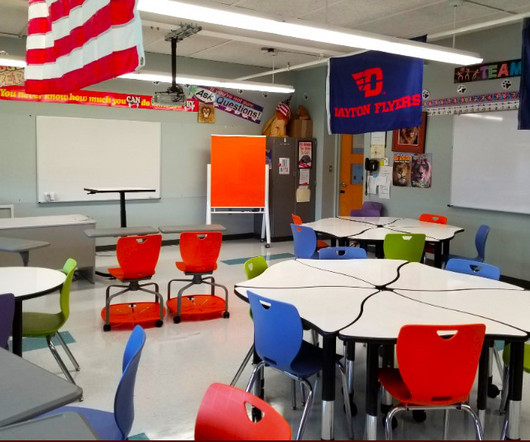
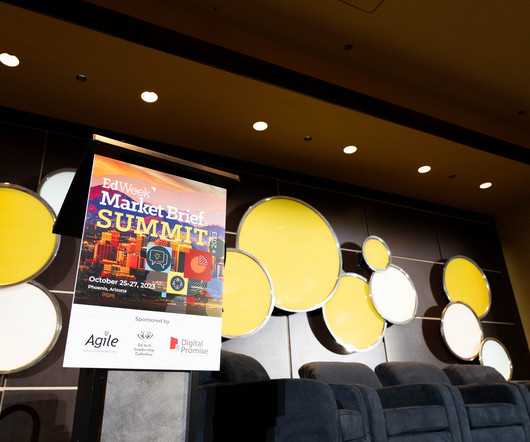

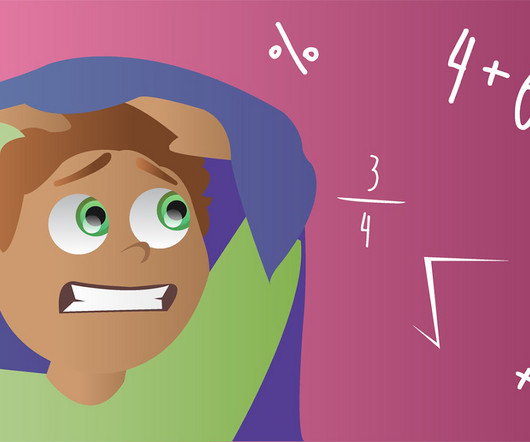

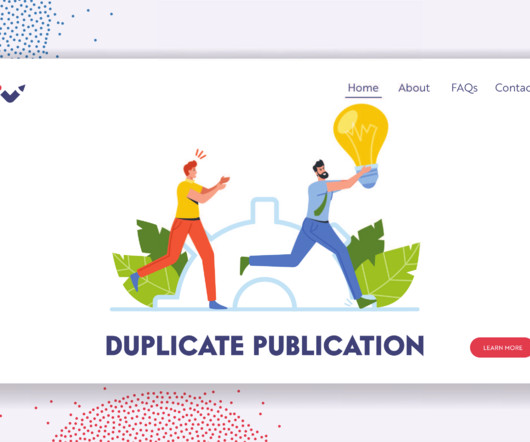


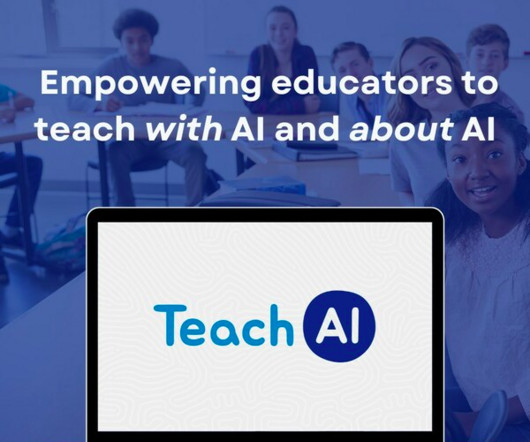










Let's personalize your content